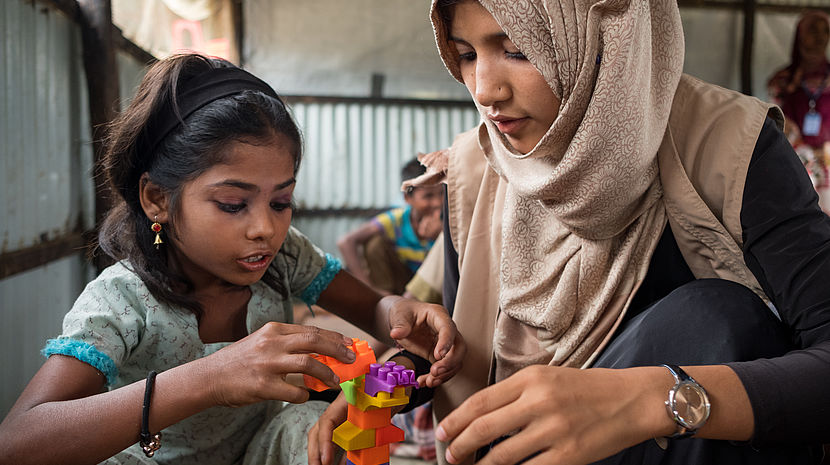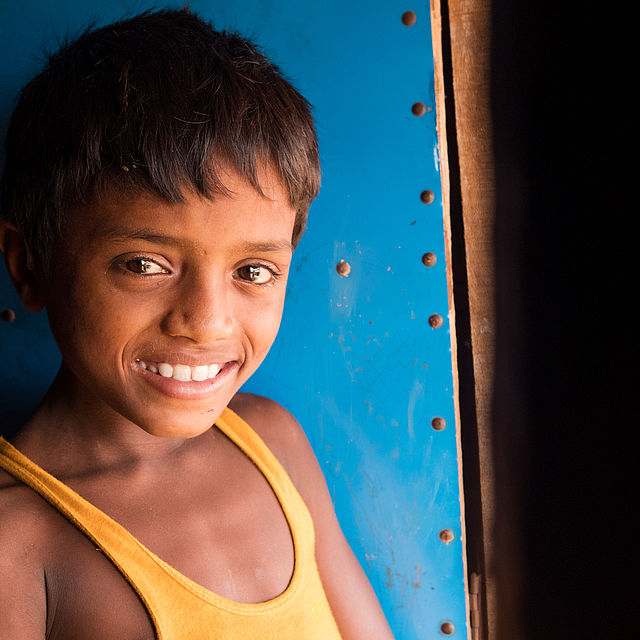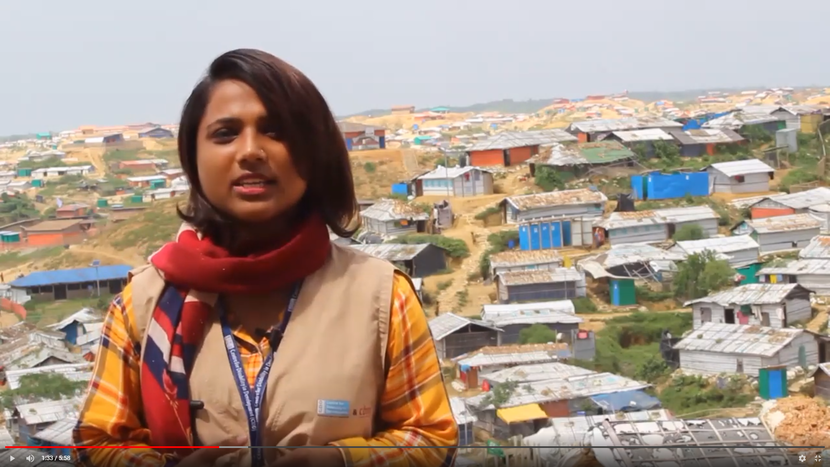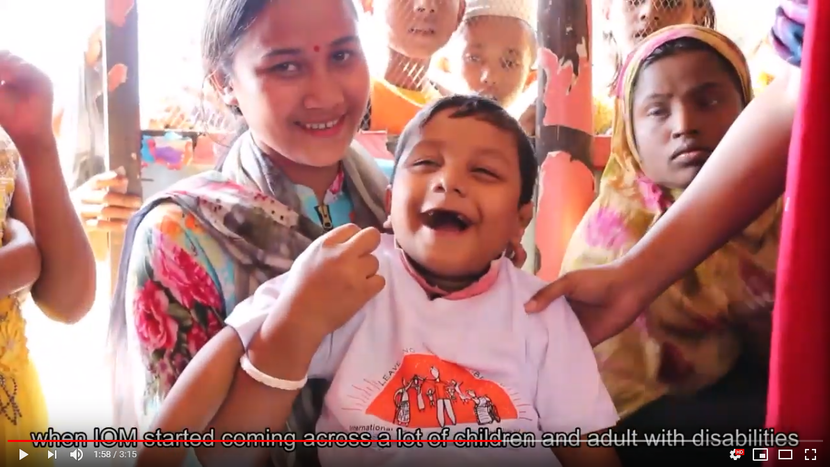Responding to the Rohingya Crisis

Rojina, 10, plays together with teacher Murtaja Hanif, at the Centre for Disability in Development (CDD)/ CBM's inclusive child friendly space (CFS) at the Rohingya refugee camps in Balukhali, Bangladesh on July 28, 2018. Deeply traumatized, many children initially had difficulty playing together or even standing in line. ©CBM/ Hayduk
©CBM/Hayduk
CBM and the CDD respond to the Rohingya refugee crisis, providing healthcare, mental health, psychosocial and rehabilitation support, especially for marginalized persons and those with disabilities.
Background information
The humanitarian crisis caused by escalating violence in Myanmar’s Rakhine State caused suffering on a catastrophic scale. Rohingya refugees have fled across the border from Myanmar to Bangladesh since August 2017 and by June 2018 makeshift camps in Cox’s Bazar were hosting some 898,000 displaced people. Refugees arriving in Bangladesh—mostly women and children—were traumatized, and some have arrived with injuries caused by gunshots, shrapnel, fire and landmines.

Meet Yasin
Yasin, 10, couldn't hear the shots, but he could see that all four of his grandparents were dead. Yasin fled to Bangladesh in June 2017 with his family and has been living there since with other ethnic minority Rohingya Muslim refugees in camps. He is hearing and speech impaired, and attends the Centre for Disability in Development (CDD) / CBM's inclusive child-friendly space. Since attending the CDD, Yasin's parents have noted improvement in his behaviour.
Disability inclusive response
CBM’s response, with local partner Centre for Disability in Development (CDD) commenced in December 2017. The first phase provided essential healthcare, mental health and psychosocial support, rehabilitation, blankets and medicines to displaced persons and local community. An inclusive Child Friendly Space (CFS) was developed. By the end of the first phase, approximately 8,500 people had been reached. This response and foundational work were scaled up and further developed in Phase 2, with rehabilitation services in the camp and host communities (physiotherapy, occupational, psychosocial counselling), provision of assistive devices and referrals to other organisations providing specific services. These activities in the camp are complemented by teams providing home-based rehabilitation visits, ensuring that people who would face extra challenges to reach the camp still have access to services on an equal basis with others.
Video on Rohingya refugee camps in Bangladesh
We are promoting the mainstreaming of disability by working with Oxfam and Care, facilitating inclusion in provision of food; water, sanitation and hygiene (WASH); protection and gender-based violence, and working with the International Organisation for Migration (IOM) in site management, WASH, health, protection, while ensuring that data is disaggregated by disability.
We are also working with UNICEF and its partners on inclusive education and child protection, and providing these organisations, and the International Federation of Red Cross and Red Crescent Societies (IFRC), with training on disability inclusion. This training has been linked with field testing of the Humanitarian Hands on Tool (HHoT).
Finally, we are collaborating with like-minded organisations on the development of a disability task force to promote coordinated and consistent disability inclusion at cluster level, carry out an assessment on the topic and roll out the Humanitarian Inclusion Standards (HIS).
As of February 2019:
- We have reached 21,631 people (53% female and the percentage of persons with disabilities varied between 11-13 %) through all different interventions in the Rohingya camp and the host community
- 76% of these people are from the Rohingya community, 24% from host community
- 160 people from different mainstream organisations have been trained on disability and inclusive humanitarian action
- 17,594 people have received health services (24,885 sessions)
- 7,203 people have received therapeutic (physiotherapy or occupational therapy) services (19,080 sessions)
- 4,520 people have received an eye assessment
- 2,467 people have received hearing assessment
- 1,849 assistive devices have been distributed
- 2,939 people have received psychosocial support (PSS), with 3,955 sessions having been conducted
Looking to the future, plans for Phase 3 are in development.
Related news of interest
More background information on how CBM responds to humanitarian situations is available here.
Video on CBM marking the 2018 International Day of Persons with Disabilities

